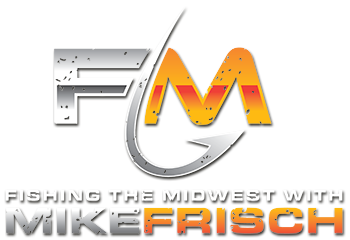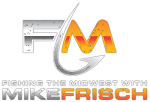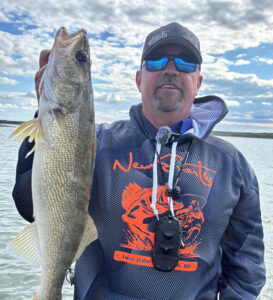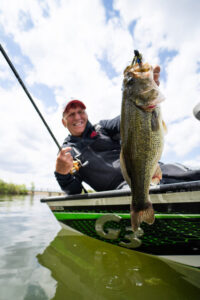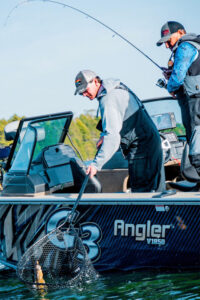IDEAS FOR SPRING FISHING SUCCESS
By Bob Jensen
The days, too slowly, are getting warmer and longer. These warmer, longer days are getting more anglers in the mood to visit a lake, river, or pond to see if anyone in that lake, river, or pond wants to get caught. Fish are cold-blooded. Being cold-blooded, they respond to different stimulus in different ways. Sometimes they like to eat larger, faster moving prey, other times they prefer prey that is smaller and slower moving. Here are some ideas for fishing in the spring.
Spring is the time of year when most fish like their food to be smaller and slower moving. Since they like their natural food that way, it’s usually a good idea to offer the fish that we’re after baits that resemble their natural prey. In this case, smaller and slower moving. Small is relative though. A small bait to a largemouth bass is probably going to be too big for a bluegill, a perch, or a crappie. We as anglers need to tailor our bait presentation to the species of fish that we want to catch.
In many areas, walleyes are a popular target at this time of year. Actually, in many areas, walleyes are a popular target at any time of year. But if we fish for walleyes with the same bait in the same way in the same location every time we go fishing, we’re going to be limiting our success. For instance, a jig tipped with a minnow can be very good early in the year. In some places a fathead minnow will be good. In the lake just down the road, a shiner will be preferred. That’s early in the year. A few weeks later when the water has warmed and the walleyes are in more of a chasing mood, a jig tipped with a Rage Swimmer plastic will be better. The jig/Rage Swimmer combo is more effective fished faster, so we can show our bait to more fish, which usually increases the chance to get bit.
Another thing regarding minnows and jigs in the spring. Some folks like to hook the minnow through the lips, others like to put the hook in the minnow’s mouth and poke it out through the back of the minnow’s head. By doing the in-the-mouth and out-the-back of the head deal, the minnow will usually stay on the hook longer, and it will also appear to be a smaller presentation. Cold water, smaller presentation, usually more fish.
Now about lure speed. Slower moving lures will usually be better in the spring, but it’s also good to cover water quickly and efficiently. There are a couple of ways that you can do this.
First, and if you’re fishing in a state that only allows one line, try starting with an eighth ounce jig. Work it kind of quickly, but when you catch one or two in quick succession, slow down. Tie on a sixteenth ounce jig and really work the area thoroughly. You’ll probably catch a couple more. If you go five or ten minutes with no more catching, tie the larger jig back on and start moving again. When you find the fish, slow down and work’em over good.
Here’s something that works well in states that allow multiple lines. Cast the jig, but put a slip-bobber rig out there also. I’ve even had success hanging a rod with a jig/minnow directly over the side of the boat. This is often referred to as a “dead rod”. Make sure the jig is near the bottom. You might be surprised how many walleyes you can catch on the slip-bobber rod, and at times that dead rod can get pretty lively. Usually it’s worth the effort to get those extra lines in the water.
The same concept is true if you’re fishing for crappies or bass. Move the bait slowly, but work the area quickly until you find the fish. Then slow down and make them bite.
Depending on where you’re fishing the next few weeks, if you keep the small and slow idea in mind, you’ll increase your odds for catching more fish.
